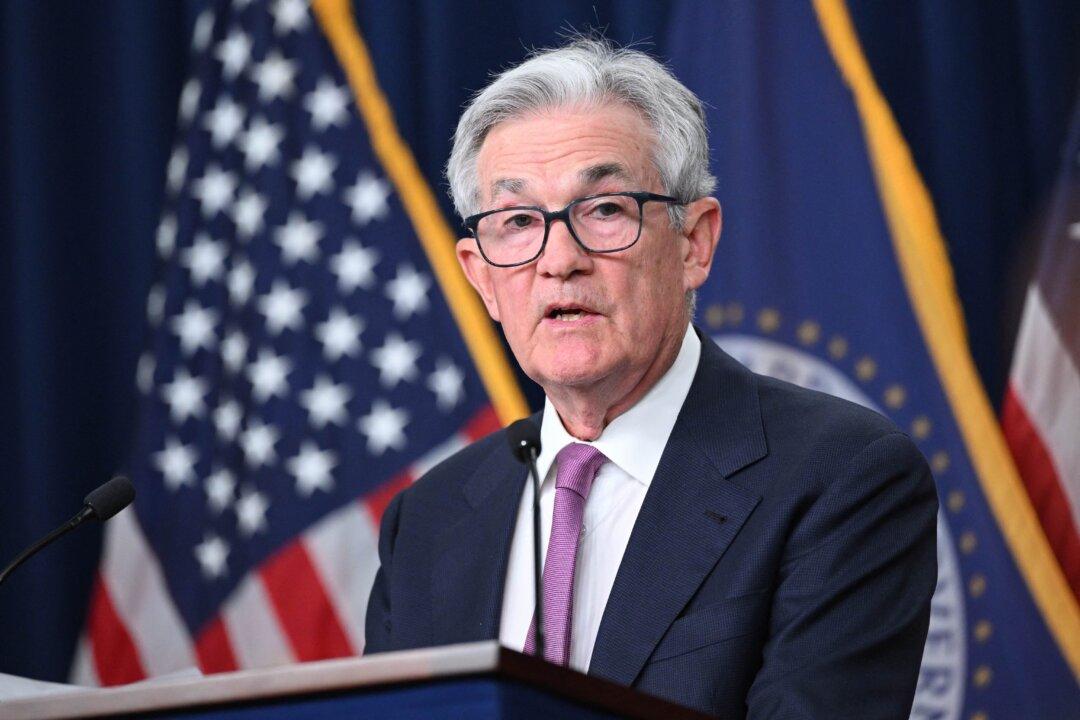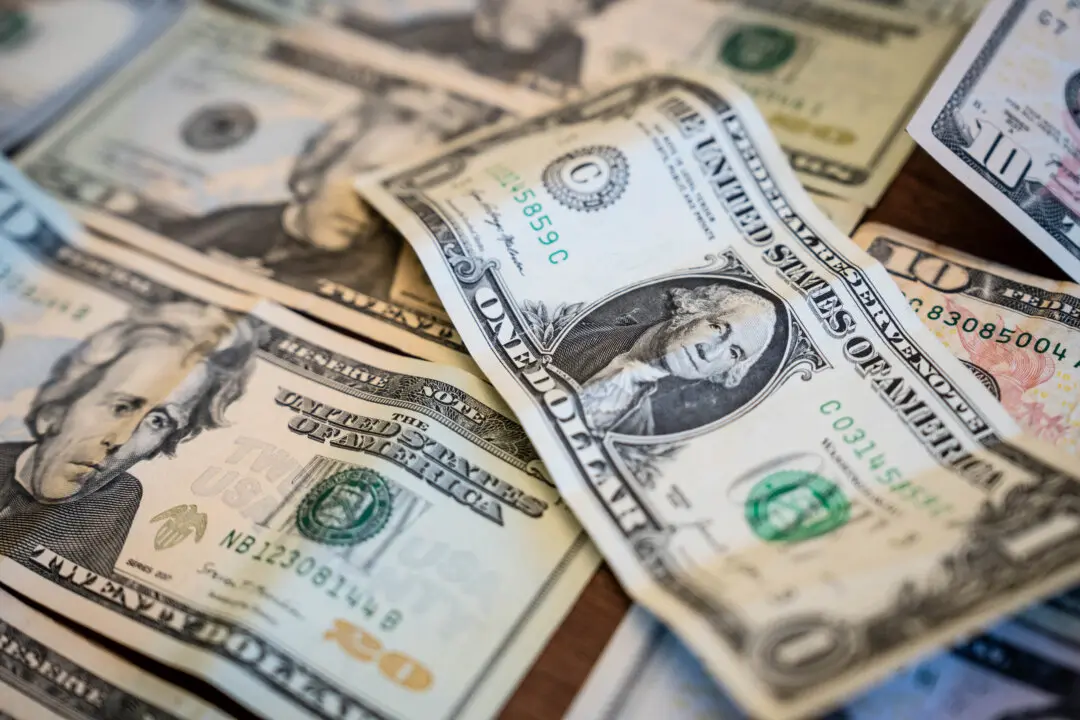The Federal Reserve will finish its two-day Federal Open Market Committee (FOMC) policy meeting on July 26, and investors expect this could be the final time the central bank will raise interest rates.
In its updated Summary of Economic Projections (SEP) from June, the Fed signaled two more rate hikes this year amid elevated inflation and a better-than-expected labor market. But the futures arena is ostensibly fighting the institution’s narrative.





